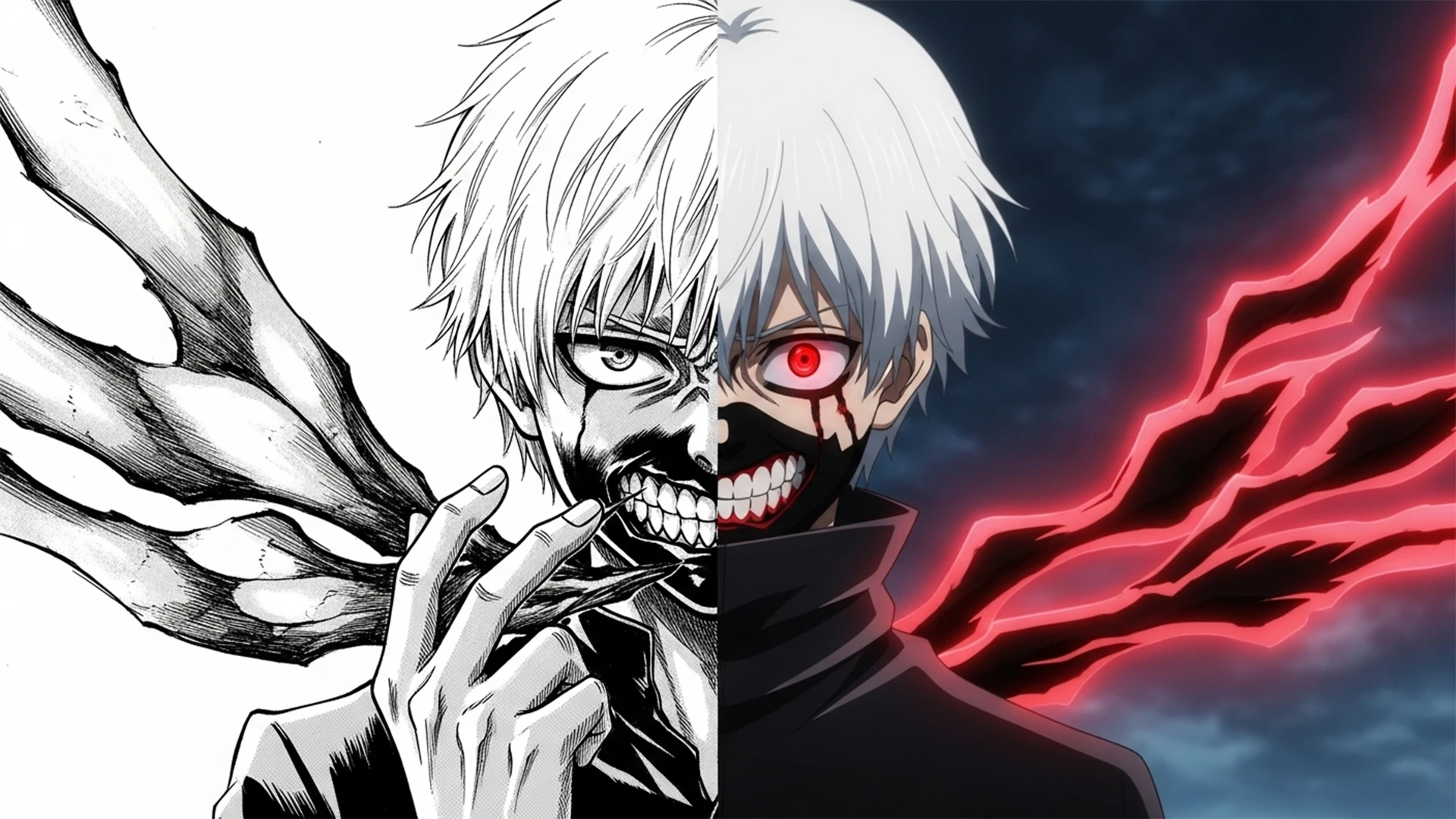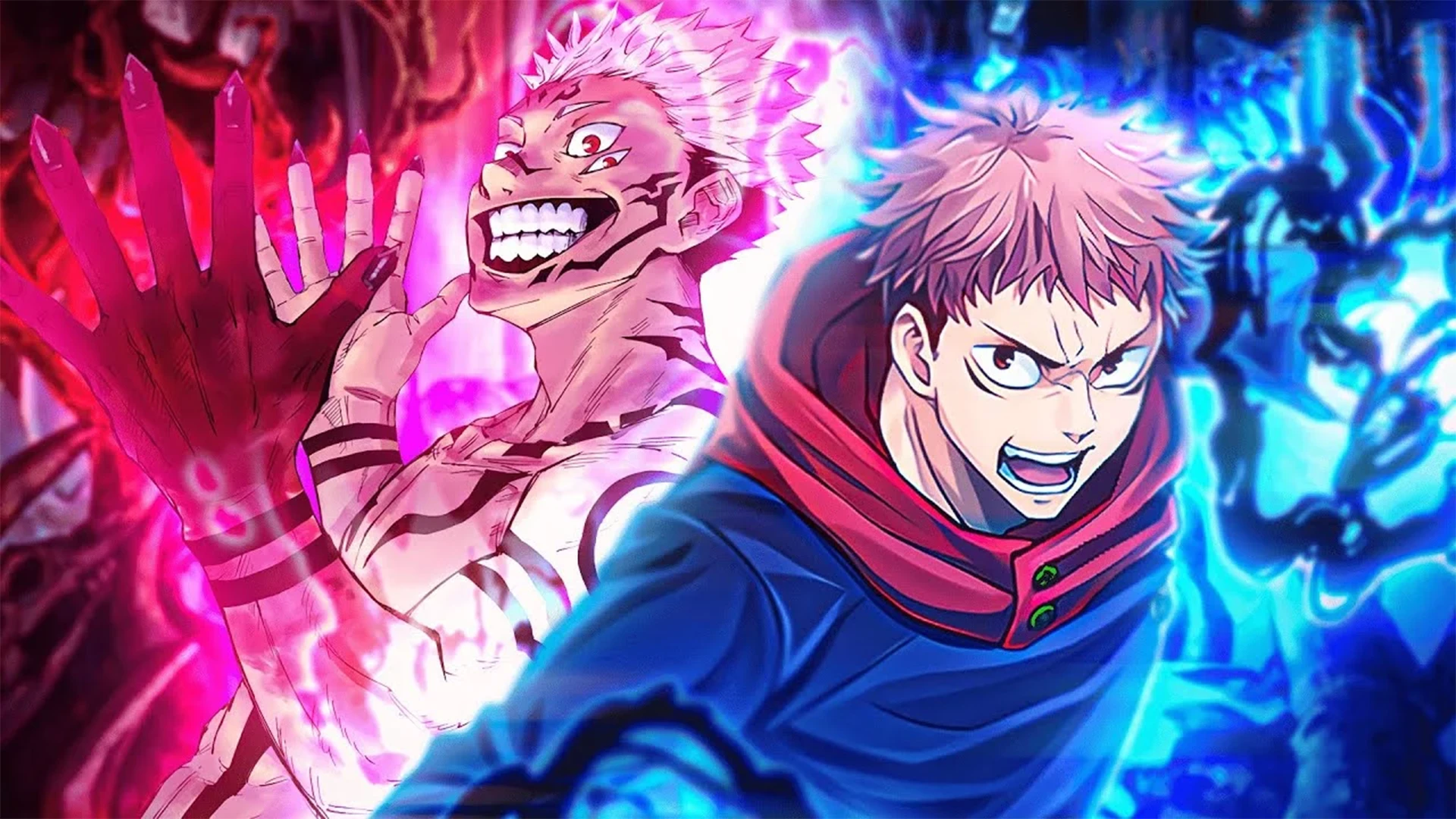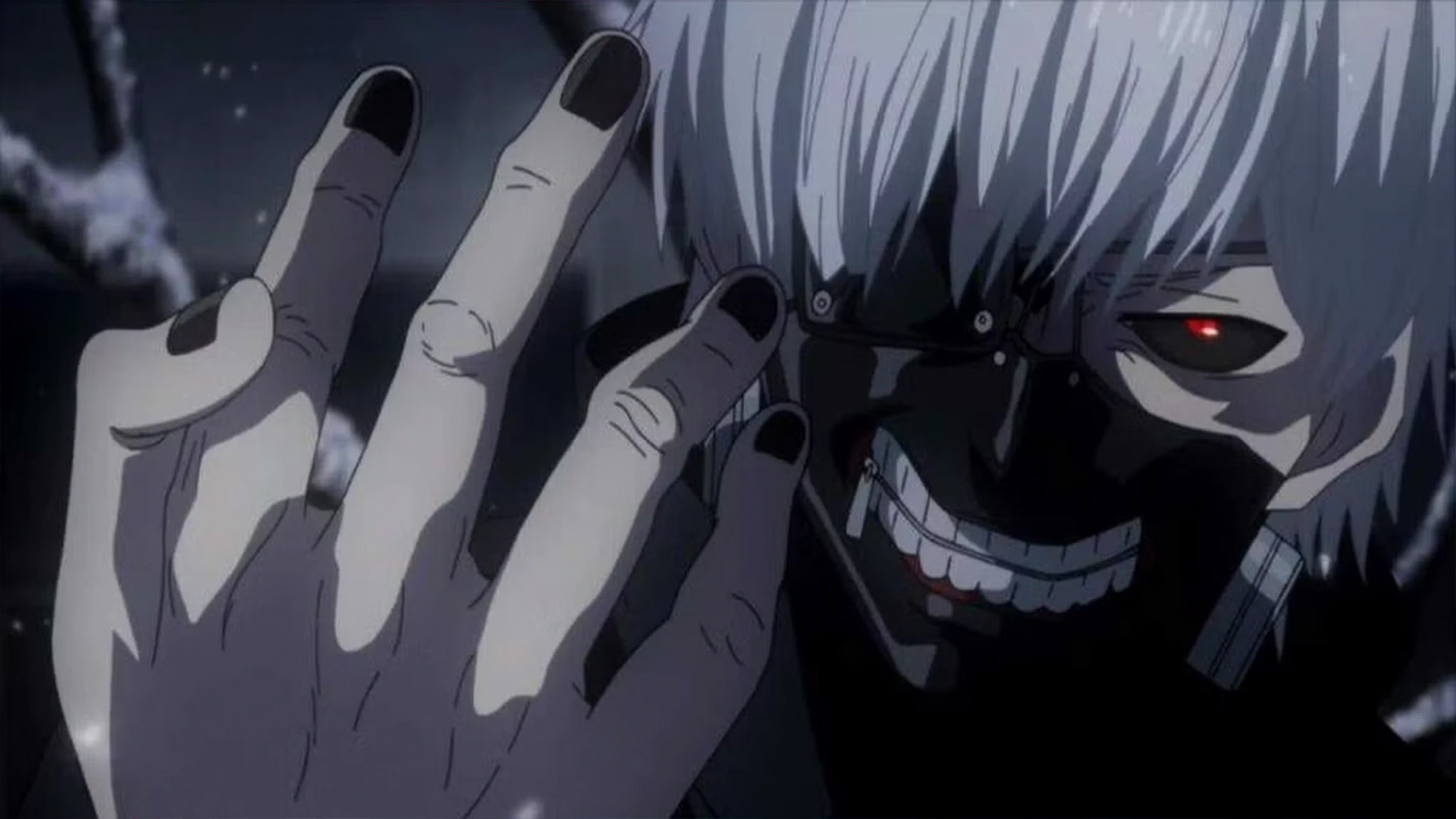
Adapting a beloved manga into an anime is a monumental task. A great adaptation doesn't just animate the panels; it elevates the source material with voice acting, music, and dynamic motion. A bad one can butcher the pacing, misunderstand the characters, and leave fans heartbroken. Here's our take on some of the most notable successes and failures in manga-to-anime adaptation history.
The Best Adaptations
Fullmetal Alchemist: Brotherhood
This is often hailed as the gold standard of manga adaptations. After a first anime series in 2003 that diverged from the source material, Brotherhood (2009) was a complete reboot that faithfully adapted Hiromu Arakawa's manga from start to finish. With stellar animation, perfect pacing, and an emotionally resonant conclusion that stuck the landing, it's a masterclass in how to do an adaptation right.
Jujutsu Kaisen
While the manga by Gege Akutami is fantastic, Studio MAPPA's adaptation took it to another level. The anime doesn't just animate the fights; it reimagines them with breathtaking choreography, cinematic camera work, and an iconic soundtrack. It's a perfect example of an anime understanding the core appeal of its source and enhancing it for a different medium.

The Worst Adaptations
The Promised Neverland (Season 2)
No discussion of failed adaptations is complete without mentioning the tragic case of The Promised Neverland Season 2. After a critically acclaimed first season that was a faithful and tense thriller, the second season inexplicably cut entire arcs, removed key characters, and rushed to a conclusion in 11 episodes, condensing over 140 chapters of manga into a hollow slideshow. It remains a cautionary tale for studios everywhere.
Tokyo Ghoul
The Tokyo Ghoul anime is a frustrating case of missed potential. The first season was largely praised, but the sequel, Tokyo Ghoul √A, was an anime-original story that confused viewers and skipped crucial character development. Later seasons attempted to return to the manga's plot but were forced to rush through major arcs, resulting in a confusing and emotionally empty narrative for anyone who hadn't read the source material.

Berserk (2016)
Adapting Kentaro Miura's legendary, intricate artwork was always going to be a challenge. Unfortunately, the 2016 adaptation of Berserk opted for a jarring and clunky CGI style that failed to capture the weight and detail of the manga. Combined with awkward direction and sound design, it's an adaptation that is almost universally panned by fans of the dark fantasy masterpiece.